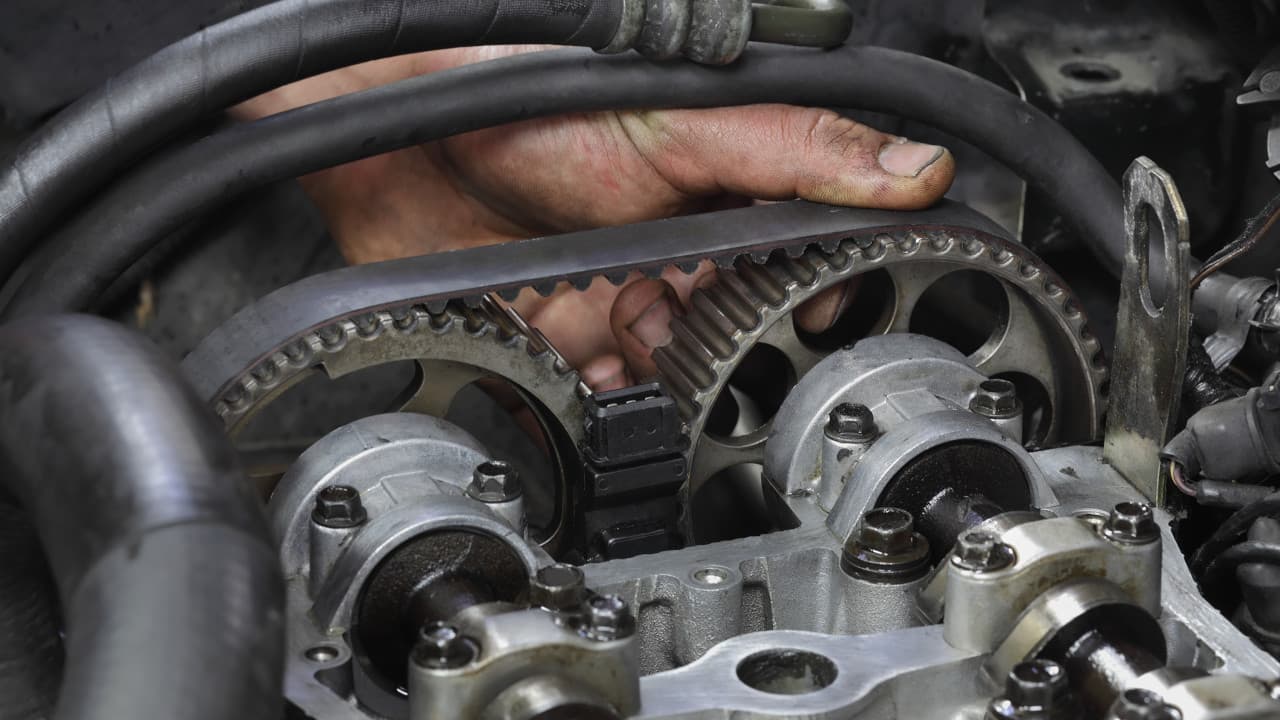- Arabic
- French
- Russian
- Spanish
- Portuguese
- Turkish
- Armenian
- English
- Albanian
- Amharic
- Azerbaijani
- Basque
- Belarusian
- Bengali
- Bosnian
- Bulgarian
- Catalan
- Cebuano
- Corsican
- Croatian
- Czech
- Danish
- Dutch
- Afrikaans
- Esperanto
- Estonian
- Finnish
- Frisian
- Galician
- Georgian
- German
- Greek
- Gujarati
- Haitian Creole
- hausa
- hawaiian
- Hebrew
- Hindi
- Miao
- Hungarian
- Icelandic
- igbo
- Indonesian
- irish
- Italian
- Japanese
- Javanese
- Kannada
- kazakh
- Khmer
- Rwandese
- Korean
- Kurdish
- Kyrgyz
- Lao
- Latin
- Latvian
- Lithuanian
- Luxembourgish
- Macedonian
- Malgashi
- Malay
- Malayalam
- Maltese
- Maori
- Marathi
- Mongolian
- Myanmar
- Nepali
- Norwegian
- Norwegian
- Occitan
- Pashto
- Persian
- Polish
- Punjabi
- Romanian
- Samoan
- Scottish Gaelic
- Serbian
- Sesotho
- Shona
- Sindhi
- Sinhala
- Slovak
- Slovenian
- Somali
- Sundanese
- Swahili
- Swedish
- Tagalog
- Tajik
- Tamil
- Tatar
- Telugu
- Thai
- Turkmen
- Ukrainian
- Urdu
- Uighur
- Uzbek
- Vietnamese
- Welsh
- Bantu
- Yiddish
- Yoruba
- Zulu
Sep . 19, 2024 07:27 Back to list
v belt for motor
Understanding V-Belts for Motors An Essential Component
V-belts are crucial components in various mechanical systems, particularly in motors. They serve as a vital link between the motor and different machinery, ensuring efficient power transmission. This article explores the significance of V-belts, their types, maintenance, and their role in various applications.
What is a V-Belt?
A V-belt is a rubber belt that has a triangular cross-section, resembling a V. This unique shape allows it to fit snugly into the grooves of pulleys, providing better grip and reducing slippage compared to flat belts. V-belts are designed to transmit power efficiently between two or more rotating shafts, making them ideal for applications involving motors.
Types of V-Belts
There are several types of V-belts, and each is designed for specific applications
. The most common types include1. Classical V-Belts These are the traditional belts used in many applications. They are available in various sizes and are suitable for general-purpose use.
2. Narrow V-Belts As the name suggests, these belts are narrower than classical V-belts but can transmit the same amount of power, making them ideal for applications requiring compact designs.
3. Cogged V-Belts With notches along the inner surface, cogged V-belts offer improved flexibility and heat dissipation. They are commonly used in applications where high speeds or bending are necessary.
4. Variable Speed V-Belts These belts are designed for use in variable speed applications, allowing for changes in the speed of the motor without compromising performance.
v belt for motor

Importance of Maintenance
Maintaining V-belts is crucial for ensuring long-lasting performance. Regular inspections can help identify wear and tear or misalignment issues early on. Here are some tips for maintaining V-belts
- Check Tension Proper tension is vital for the efficient operation of V-belts. Too much tension can lead to premature wear, while too little can cause slippage.
- Inspect for Wear Look for signs of fraying, cracks, or other forms of damage. Replacing worn belts promptly can prevent breakdowns and costly repairs.
- Alignment Ensure that the pulleys are properly aligned. Misalignment can cause uneven wear and decrease the belt’s lifespan.
Applications of V-Belts
V-belts are used in a wide range of applications across various industries. In the automotive sector, they play a critical role in powering the alternator, water pump, and air conditioning compressor. In manufacturing, they are utilized in conveyor systems, milling machines, and other types of machinery. Additionally, in HVAC systems, V-belts are often used in fans and blowers, contributing to efficient airflow management.
Conclusion
V-belts are essential components for any motor-driven system, providing efficient power transmission and reliability. Understanding their types, maintenance requirements, and applications can help ensure optimal performance and longevity. By prioritizing proper care and timely replacements, businesses can minimize downtime and enhance productivity across their operations.
-
Korean Auto Parts Timing Belt 24312-37500 For Hyundai/Kia
NewsMar.07,2025
-
7PK2300 90916-T2024 RIBBED BELT POLY V BELT PK BELT
NewsMar.07,2025
-
Chinese Auto Belt Factory 310-2M-22 For BMW/Mercedes-Benz
NewsMar.07,2025
-
Chinese Auto Belt Factory 310-2M-22 For BMW/Mercedes-Benz
NewsMar.07,2025
-
90916-02660 PK Belt 6PK1680 For Toyota
NewsMar.07,2025
-
drive belt serpentine belt
NewsMar.07,2025

